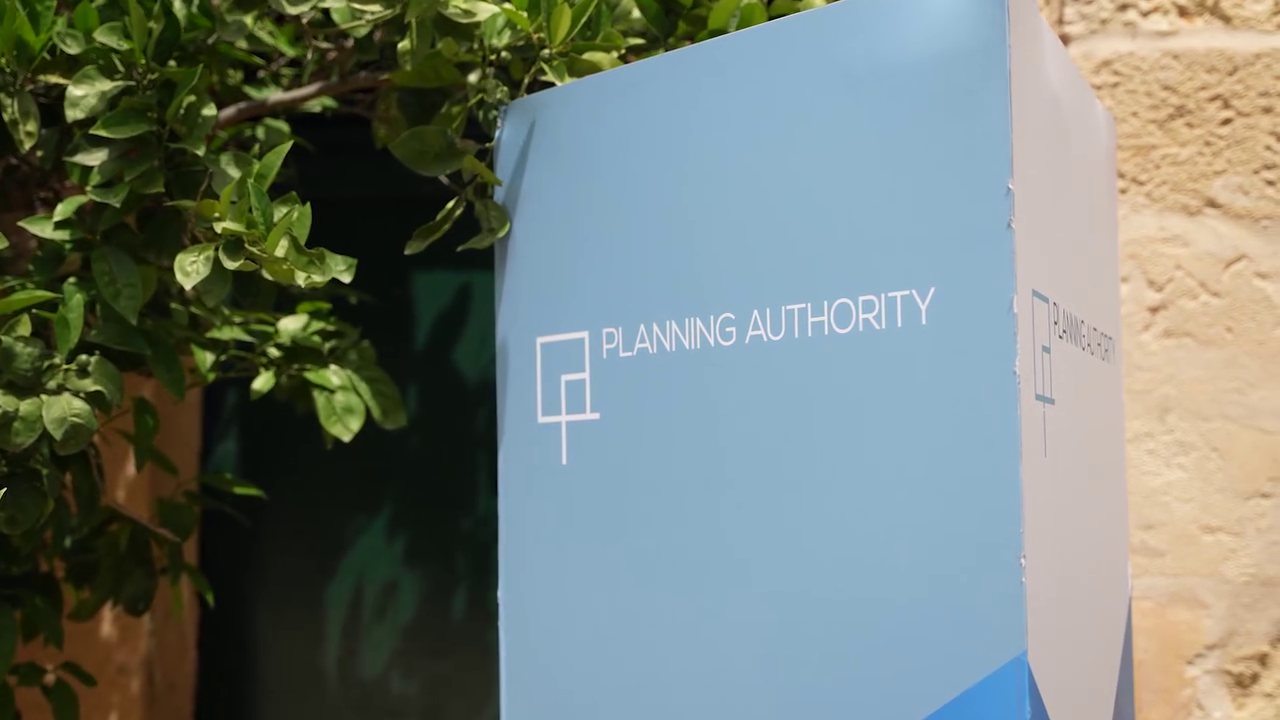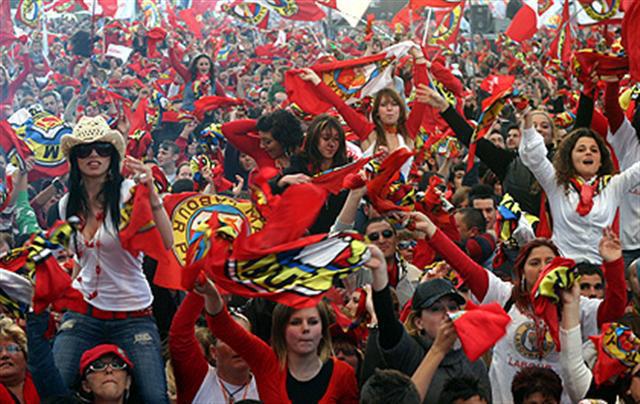Electrogas shareholder Paul Apap Bologna presented the Nationalist Party with plans for a new power station in 2009 that were similar to the new one built by the Labour government, former Nationalist Party General Secretary Paul Borg Olivier told a board of public inquiry.
Borg Olivier, who was the PN’s general secretary between 2008 and 2013, was testifying in the public inquiry into the assassination of Daphne Caruana Galizia. The board is tasked with investigating whether her death could have been prevented.
He met Apap Bologna in his office and was shown a power point presentation of a gas power station.
He said that the presentation was of a power station building that was “almost identical” to the one that was taken on by the government in 2013 and came at a time when the PN administration had just given a concession for the BWSC plant “costing millions”.
Apap Bologna had also insisted that the government would not have to fork out anything as the project would be handled by private companies and would be of benefit to Maltese families, Borg Olivier said.
During the “short meeting”, GEM Holdings was also mentioned, which was then registered as a company on 8 March 2013.
The Labour Party gave the green light for €450 million gas power station in December the same year, owned by the Electrogas consortium, which is owned by GEM holdings, 33.34% (in which Tumas Energy Co Ltd holds 35.16 %), Socar Trading 33.33% and Siemens Projects Ventures 33.33%. Yorgen Fenech, formerly of Tumas Group, is charged with being the mastermind of Caruana Galizia’s death. He is also the owner of 17 Black,
Borg Oliver recalled something Apap Bologna told him at the end of their meeting. “The decision is yours and we will do our bit if you do yours,” Borg Olivier said, adding that it raised suspicion.
He noted other similarities in the presentation and the new power station that was at the centre of the Labour’s 2013 general election such as the tanker, the position of the tanker in Delimara, among others.
Borg Olivier said that he had forwarded the presentation internally within the party and eventually told Apap Bologna that they already had energy plans. It came to mind again four years later during the Labour Party’s 2013 election campaign.
“When one looks at the context of the decision in 2009 and the PL proposal in 2013 at the beginning of the electoral campaign, I felt that the person who came to try and sell the project to me had gone to sell it to Labour. As far as I know, it was the same person,” he said.












